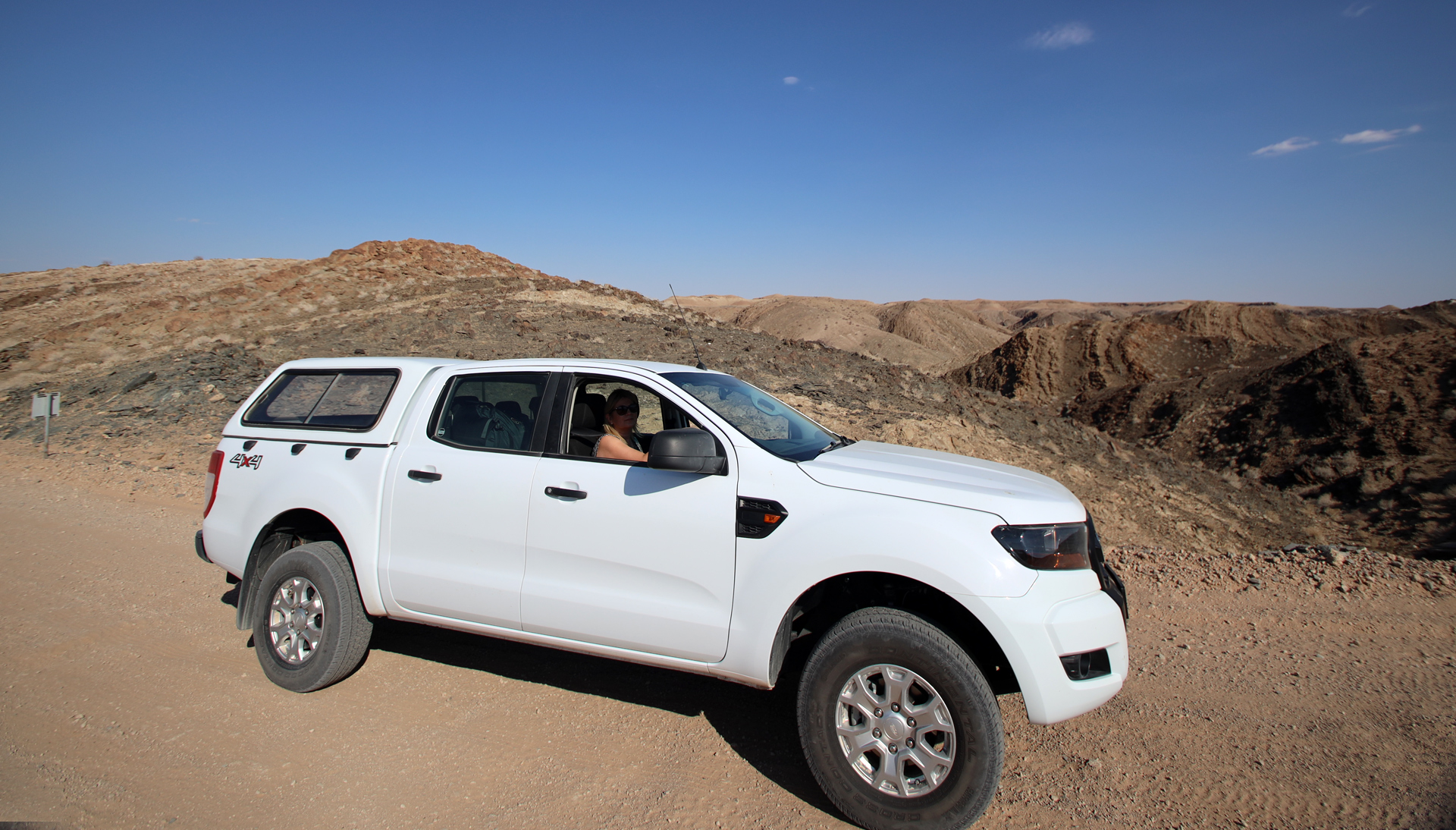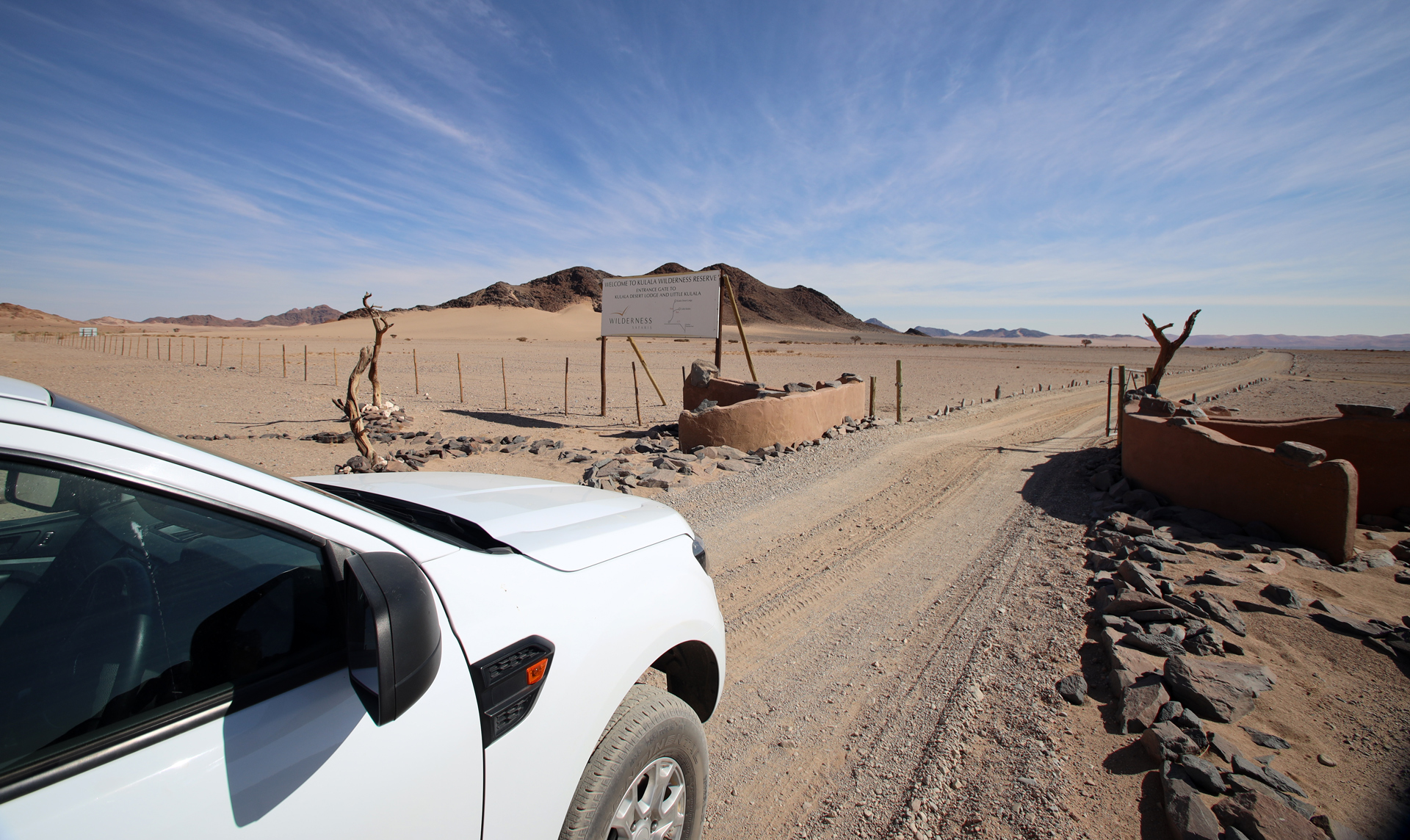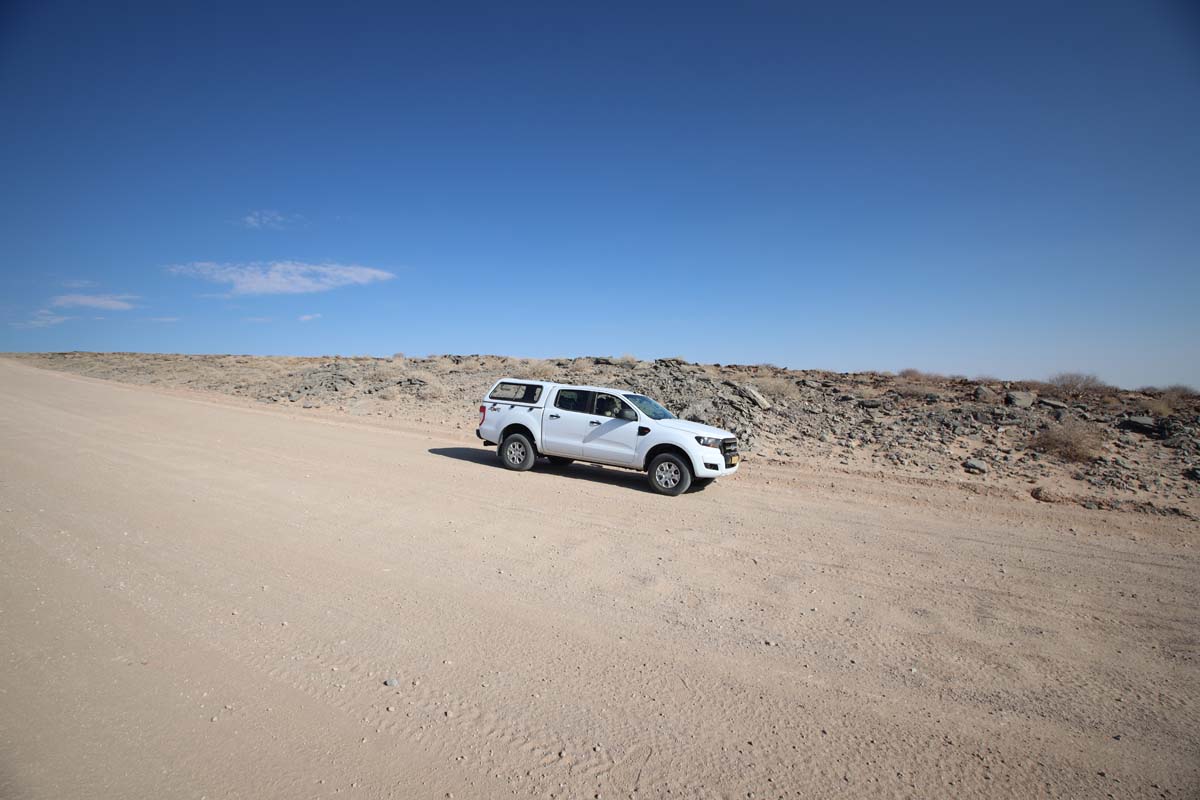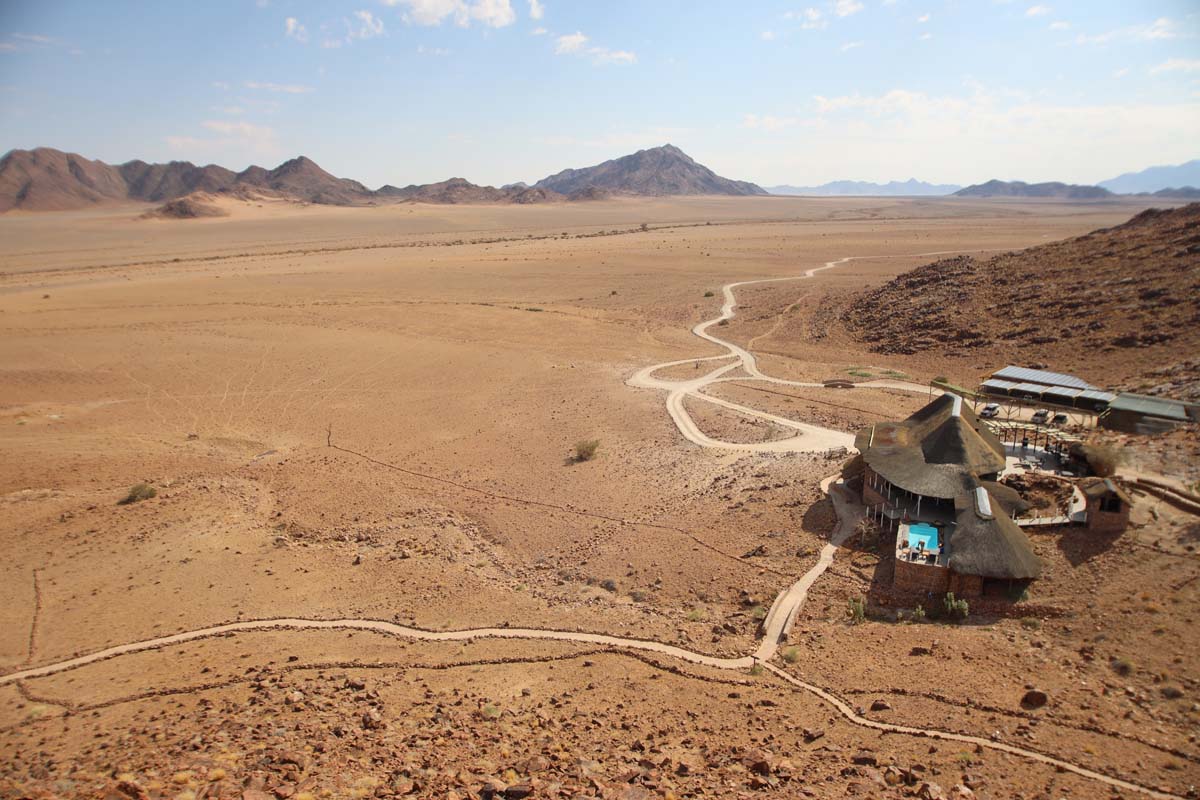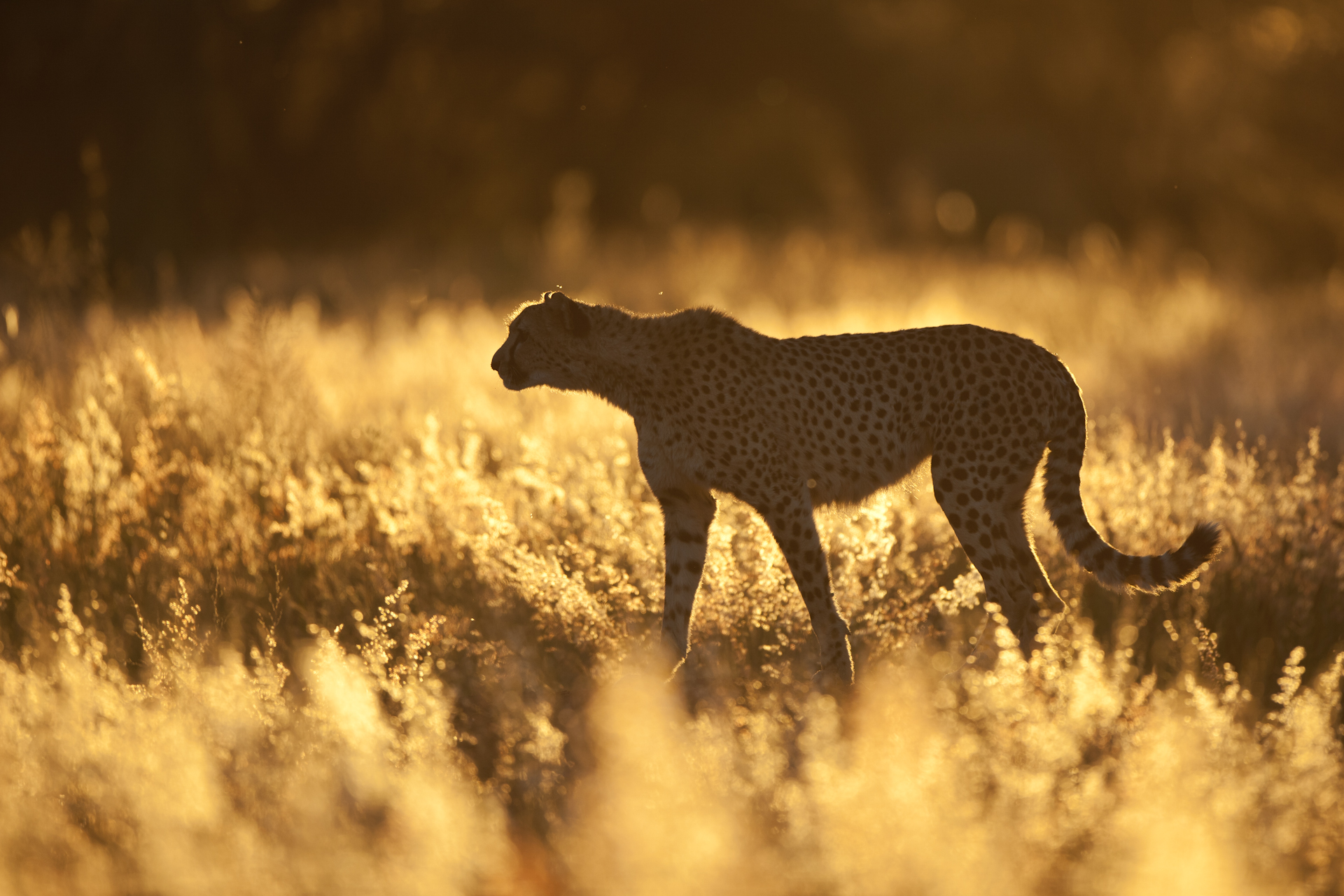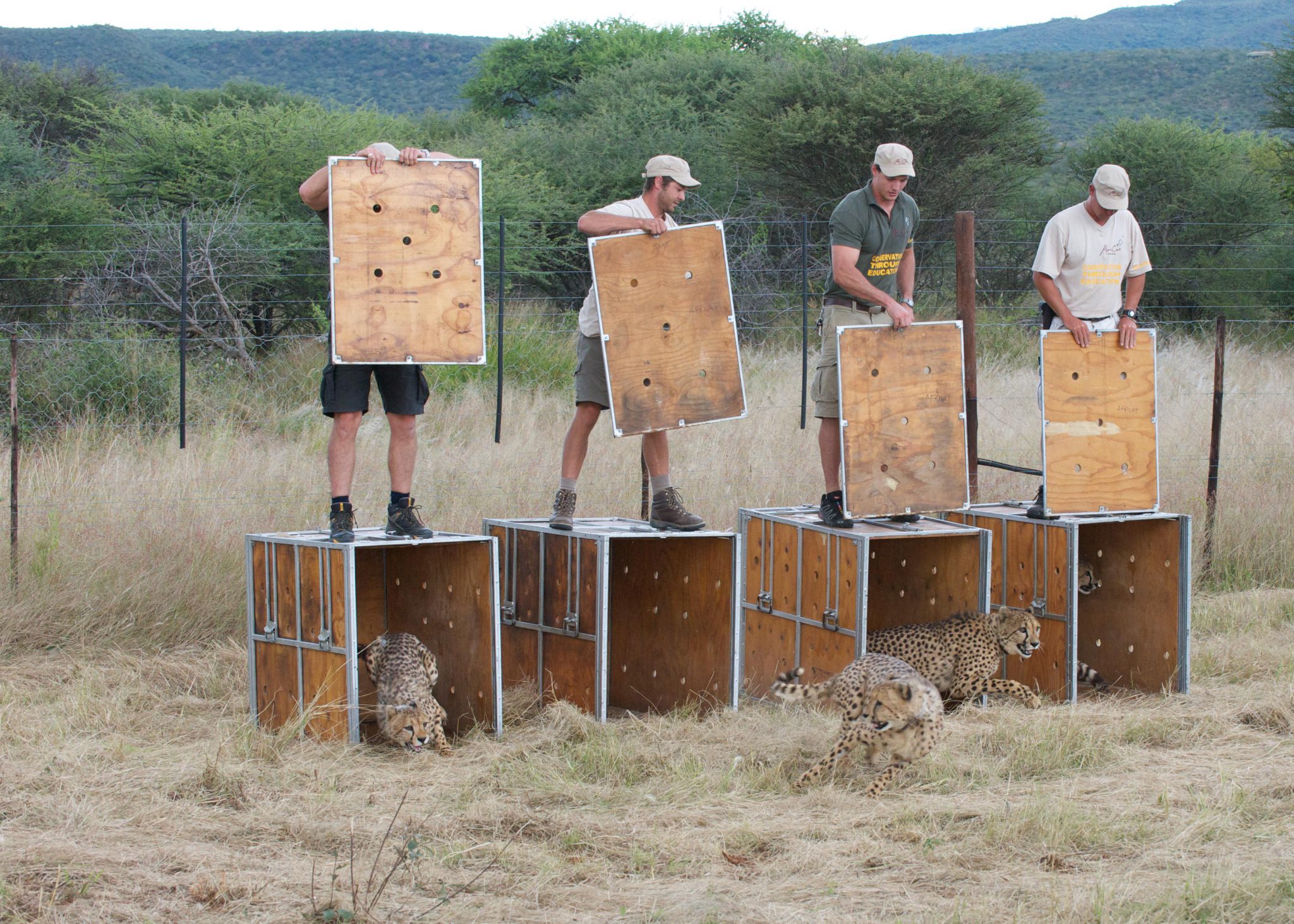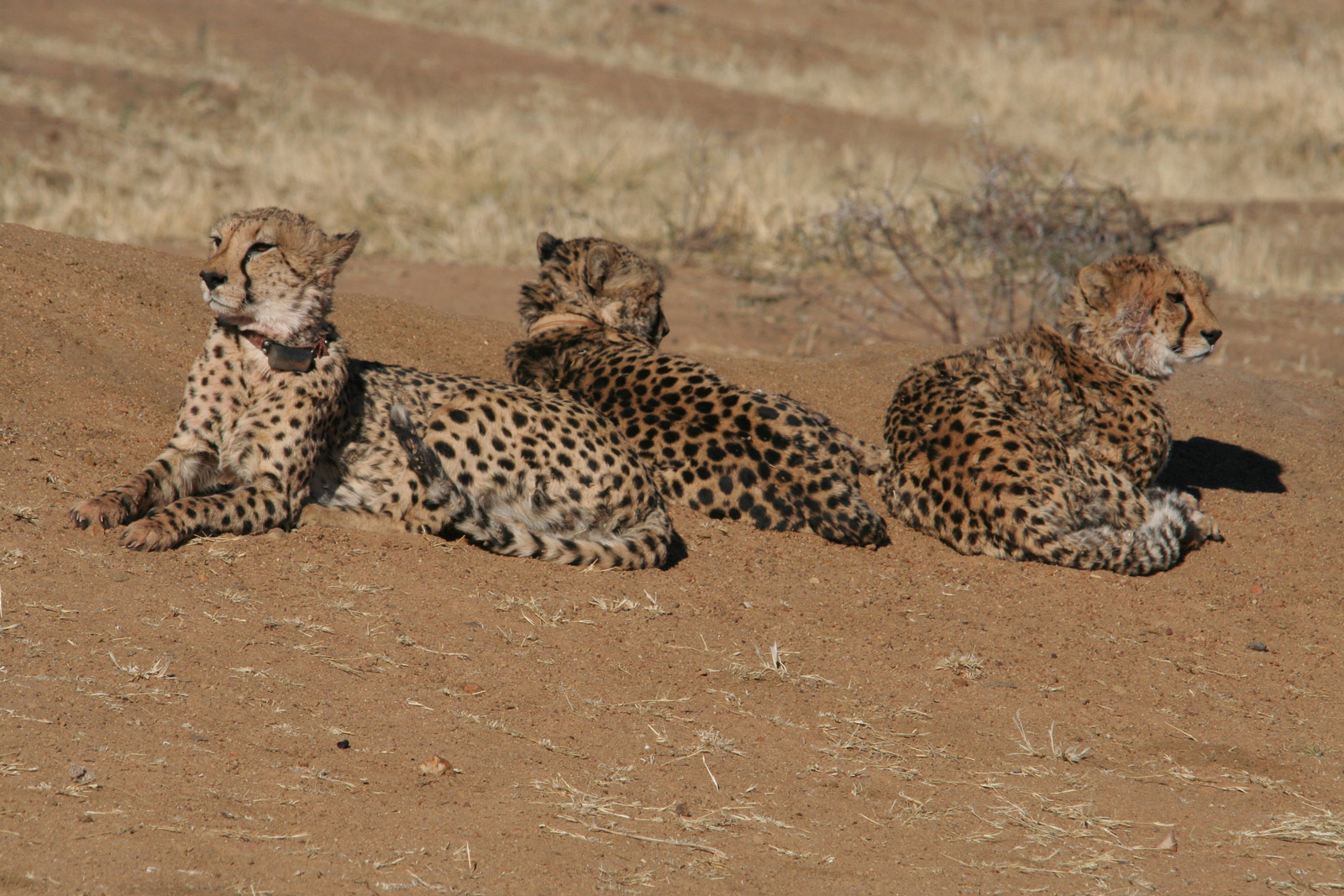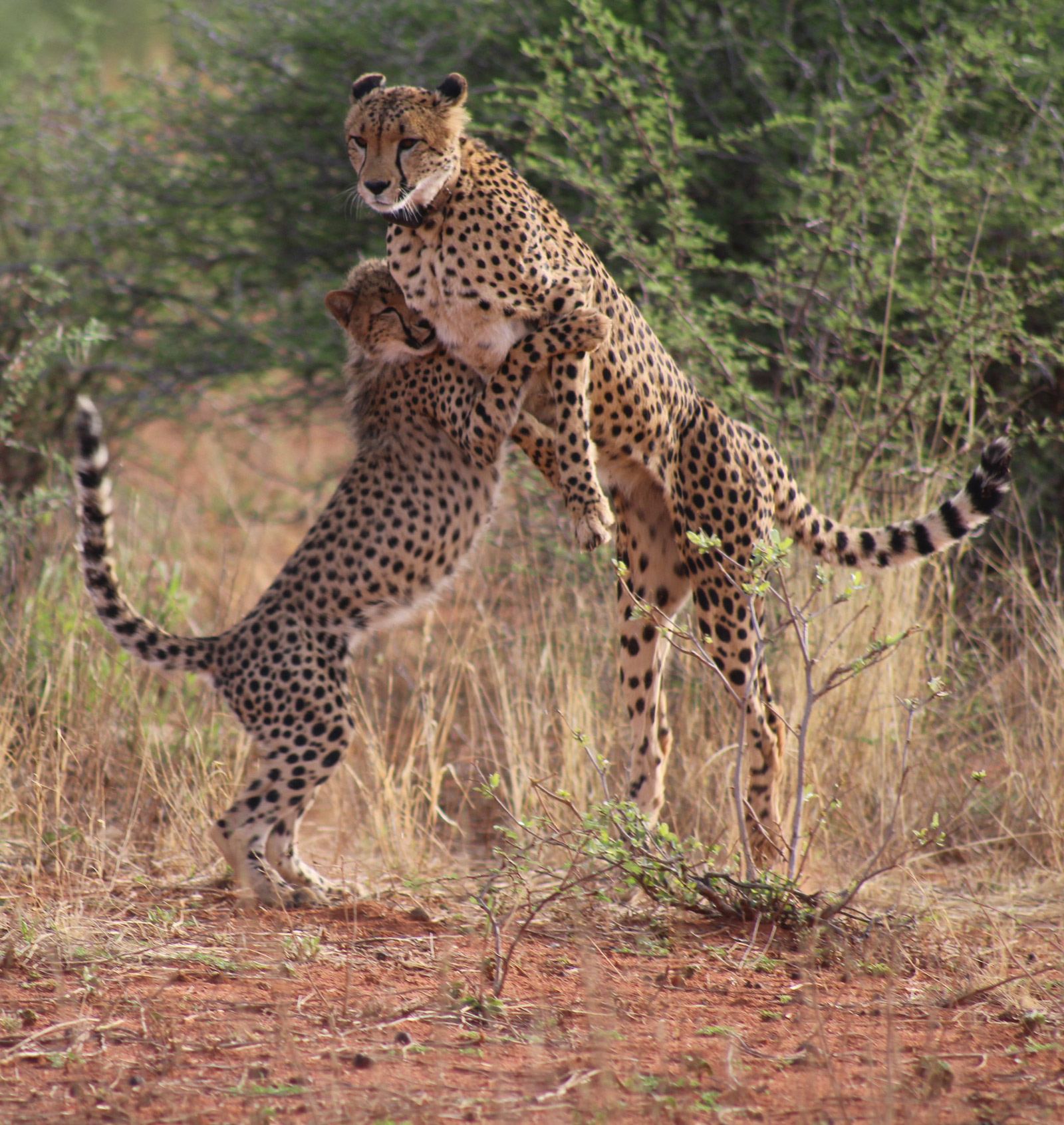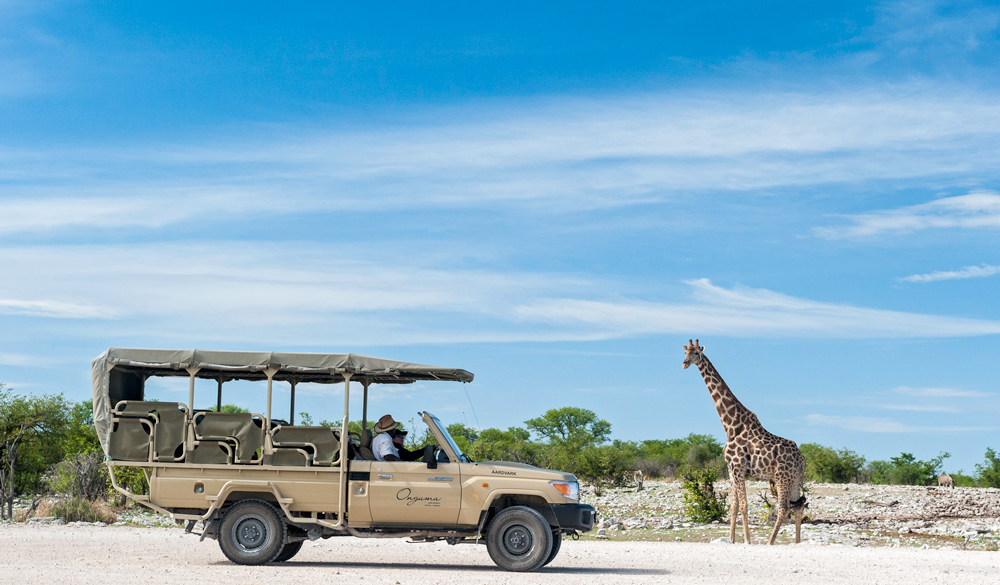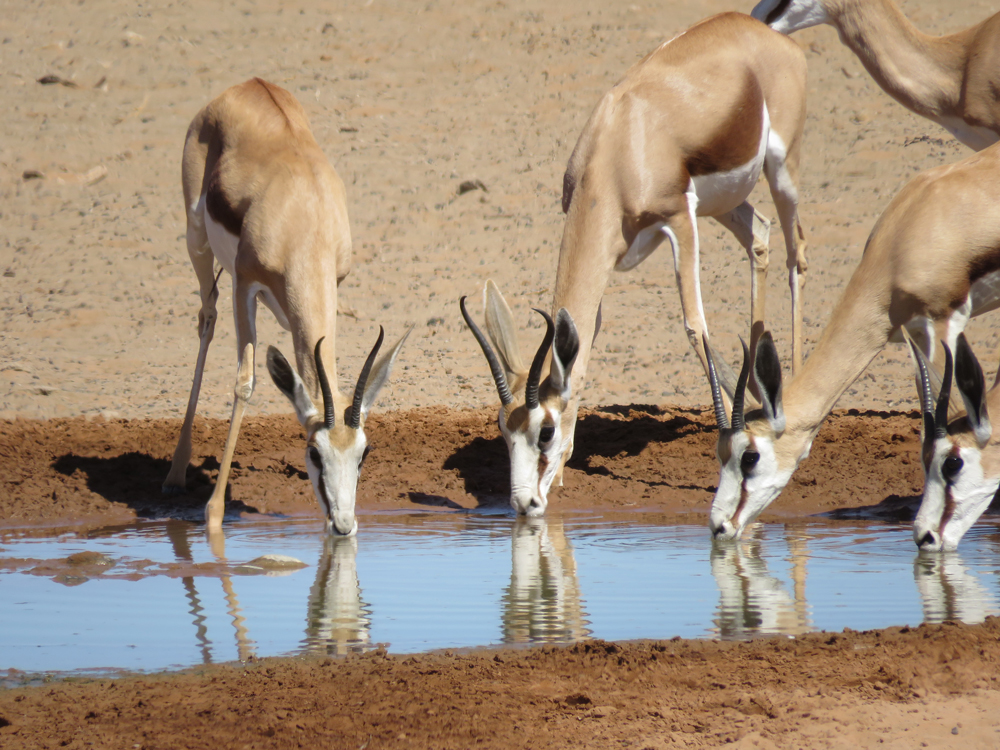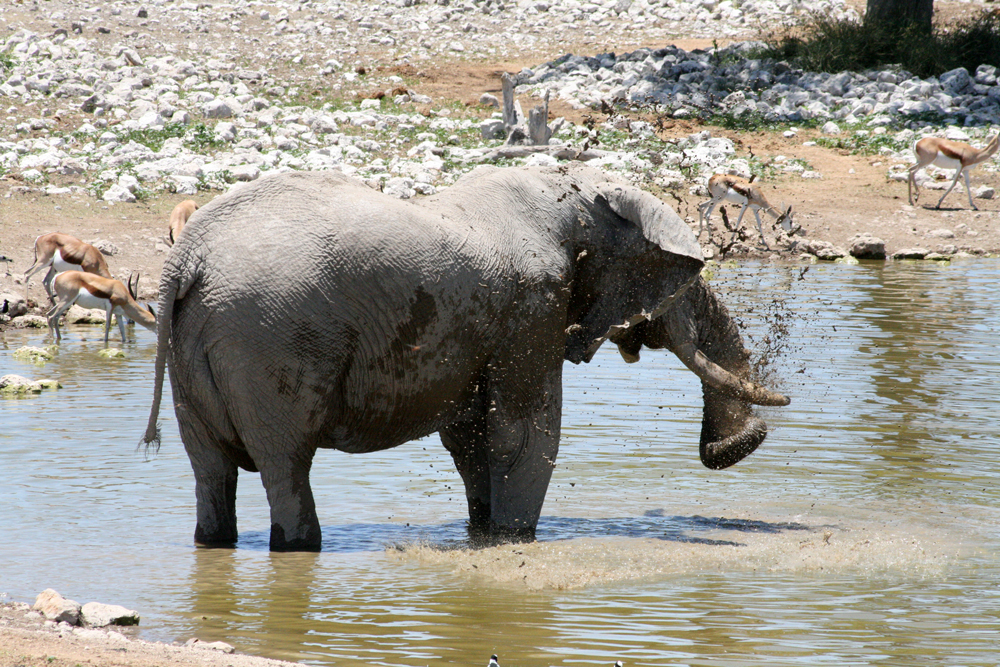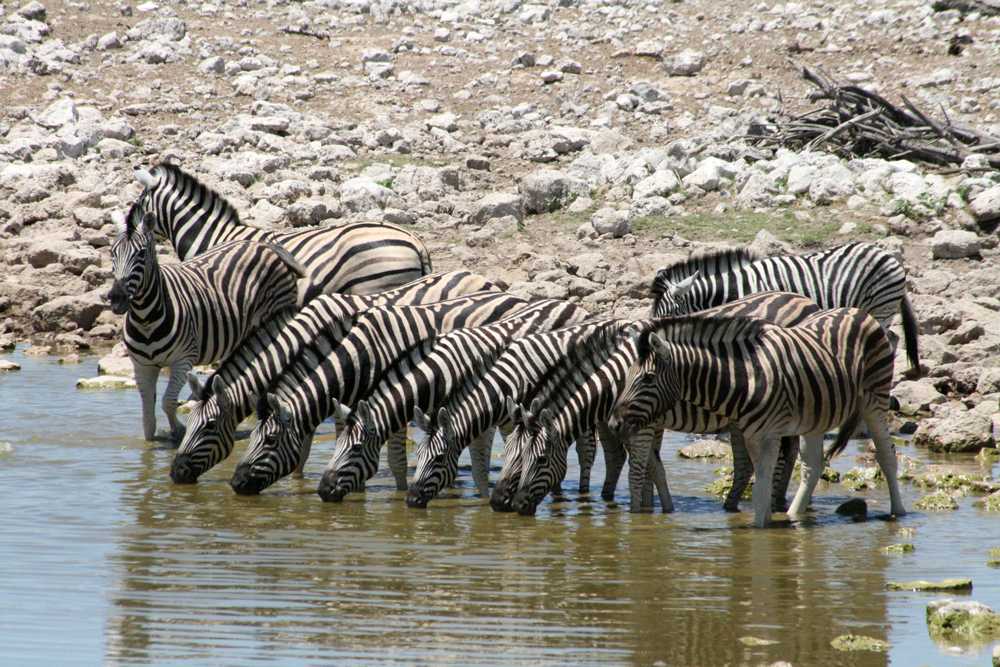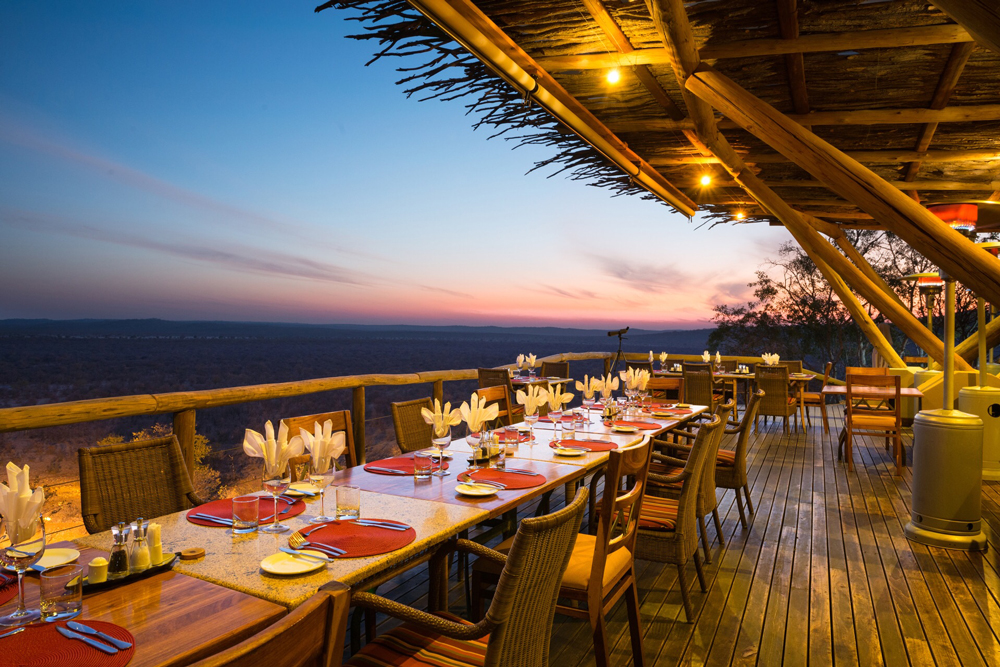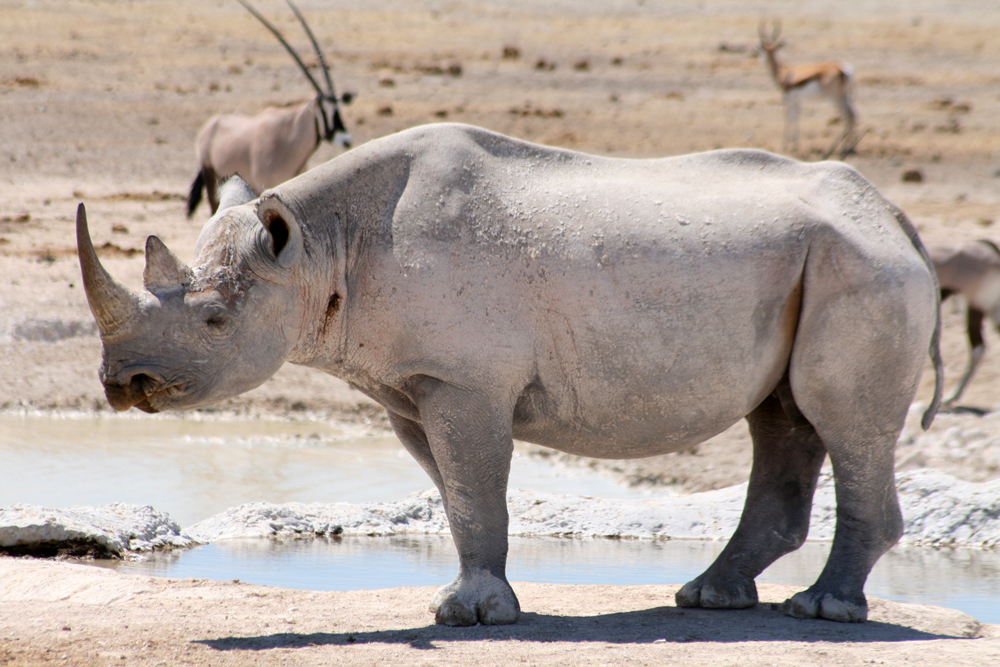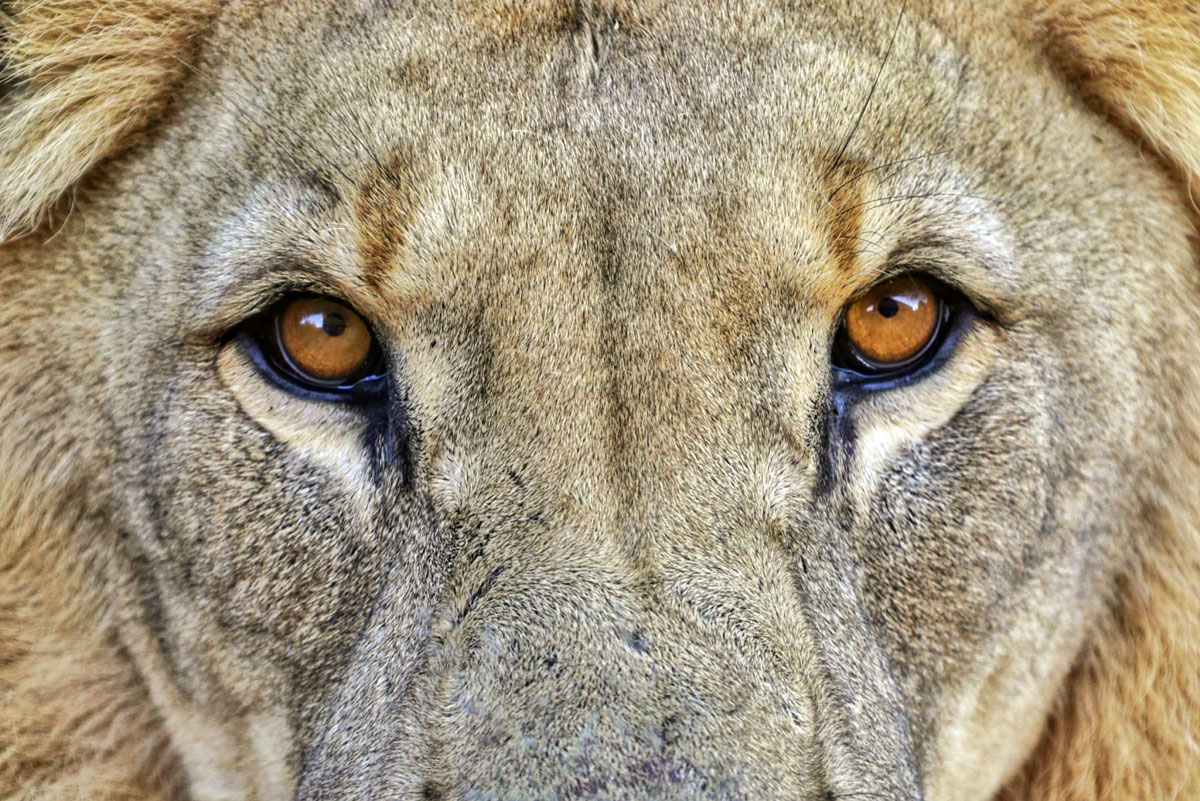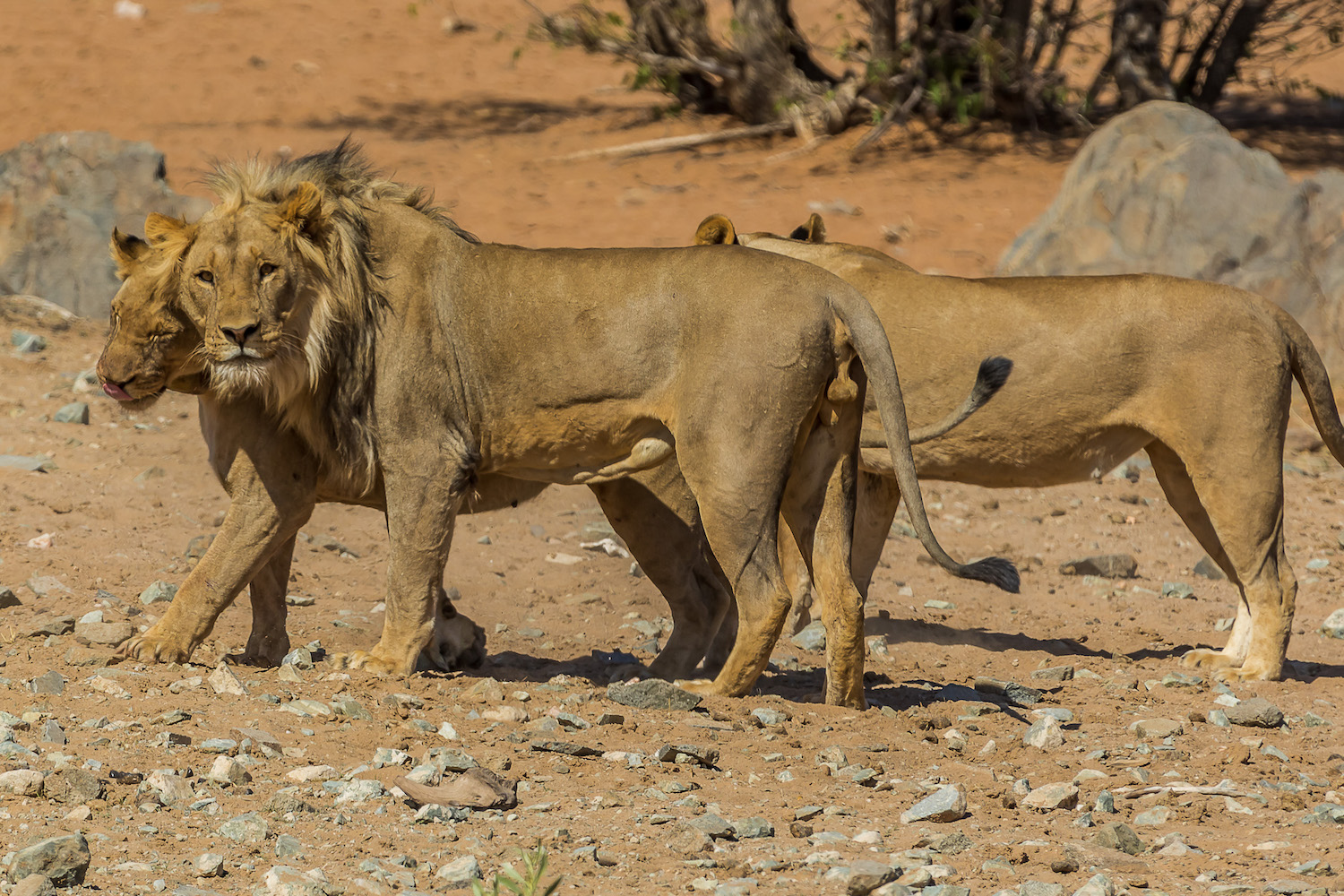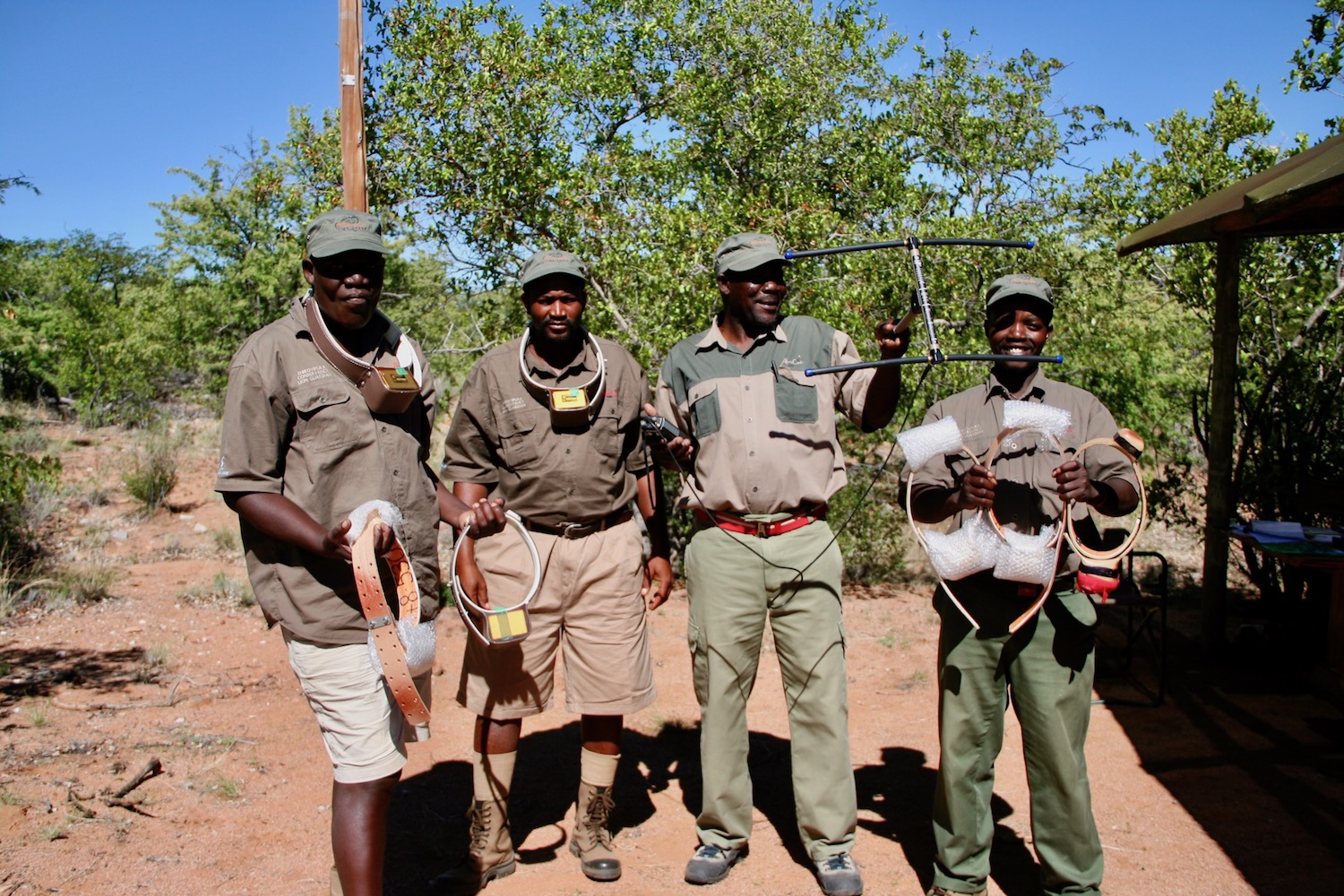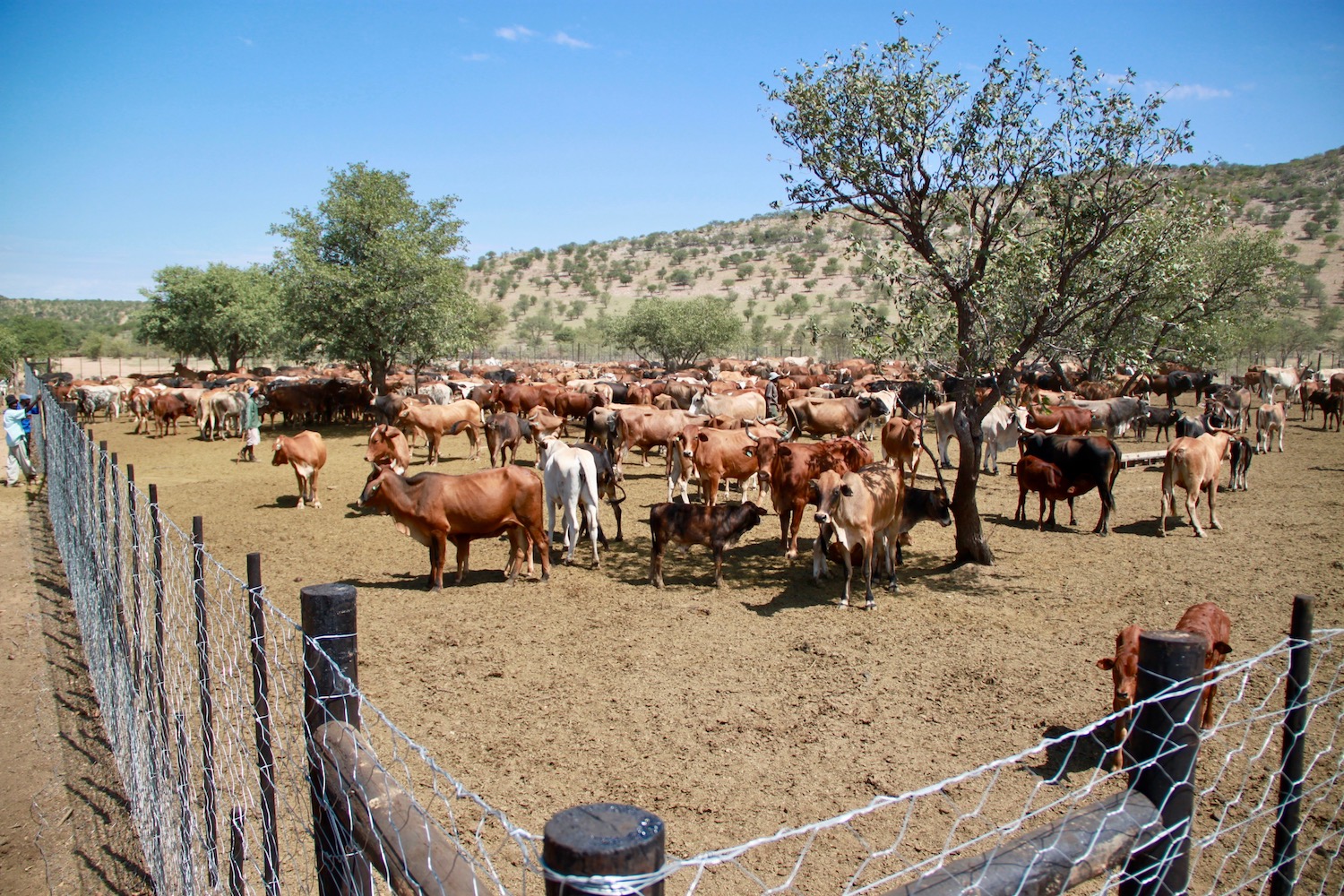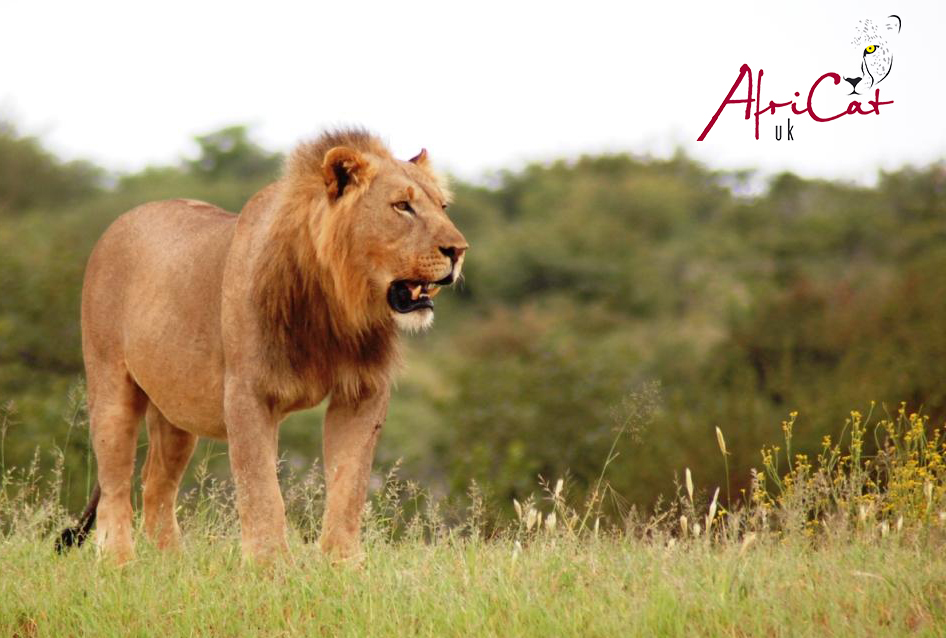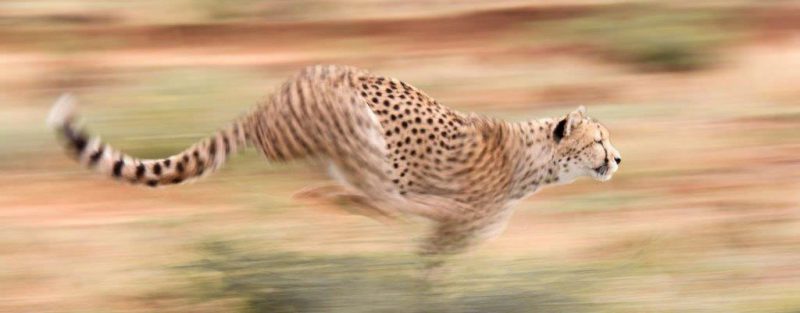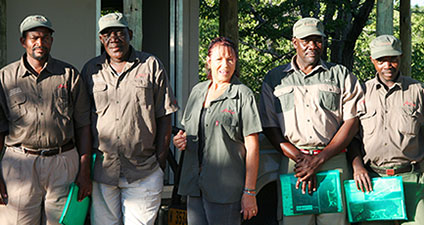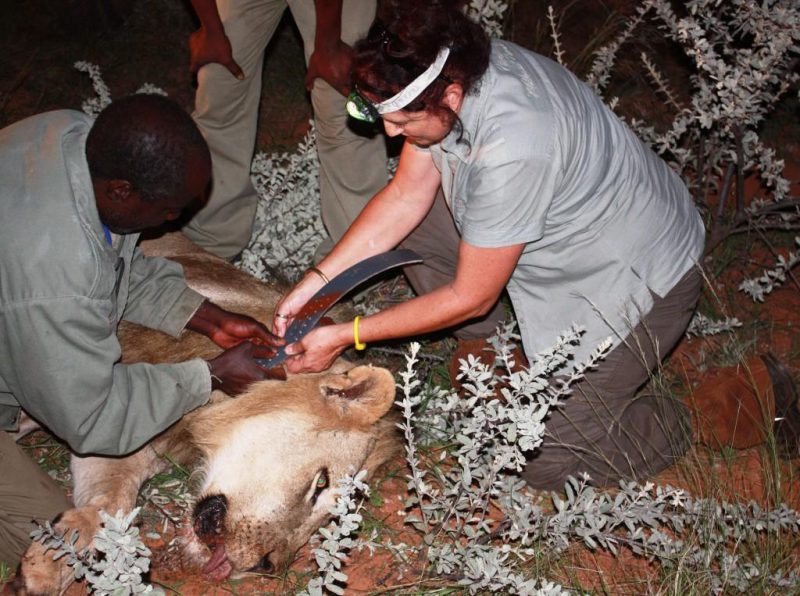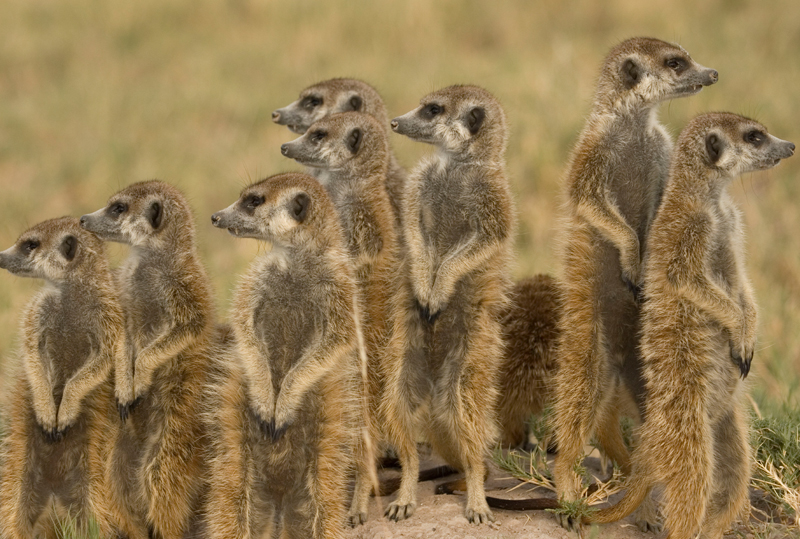 Wildfoot Travel’s Simon Rowland took a self-drive trip through Namibia recently. Here we gives us his first hand advice on how to organise your own self-drive adventure along with some great photographs form his own trip.
Wildfoot Travel’s Simon Rowland took a self-drive trip through Namibia recently. Here we gives us his first hand advice on how to organise your own self-drive adventure along with some great photographs form his own trip.
The thought of a self drive in any overseas country can be daunting but a self drive in Africa is usually dismissed immediately especially if you are not a confident driver in the first place. I agree that some locations could be extremely difficult and testing especially if you are driving in diverse locations, perhaps on the opposite side of the road you are used to at home, or close to wet regions such as deltas or during a rainy season. The following is a personal account of a recent adventure through Namibia which will offer practical, sensible advice but above all hopefully dispel any pre-conceived worries and assumptions already formed.
These are some of the most popular questions we receive from clients considering a self drive in Namibia.
1. Is it safe to drive in Namibia?
2. Are the locals friendly and do they speak English?
3. What happens if you break down in the wilderness?
4. Are there likely to be dangerous and wild animals lurking if you stop?
5. Which side of the road do they drive on?
6. Do we need to carry water incase we are stuck overnight in the vehicle?
7. Whats the longest journey I will have to make?
8. What happens if we run out of fuel?
Let’s try to dispel any negatives so we can focus on the positives of driving in such a diverse, exciting picturesque country.
How easy is the driving in Namibia?
Firstly, Namibia is an extremely dry desert country and even in the non dry season it is difficult to come across natural dangers on roads or tracks. Yes there are extreme cases where flash flooding takes place but as Namibia and other parts of Africa have experienced a severe drought over the last two years, even if you wanted to find them its quite improbable you would come across them.
Self drive vehicles are Automatic, air conditioned 4 x 4 trucks. We drove an automatic Ford Truck which was around 18 months old and in excellent condition, a four seat cab with covered compartment in the back. As there were only two of us we kept our luggage actually in the cab whilst driving with any valuables hidden and out of sight. If we stopped our main camera bag with valuables came with us and we left nothing in the vehicle we could not replace if necessary. Our first nights stay is usually at Windhoek and WILDFOOT Travel arrange for the vehicle to be delivered to you at your accommodation in daylight hours. At the same time we arrange our ground handler representative to meet you who also drop off practical items –
- Large cool box for drinks inc freezer blocks to keep water cool
- Mobile phone pre programmed pre paid (pay as you go) with all the numbers you may need; emergency 24/7 number, all pre booked accommodation, car hire company emergency plus more.
- Eco Refill cold drink canisters. You can refill and avoid plastic as in most regions tap water is exceptionally clean and drinkable.
- First aid kit
- Country road map with you route and accommodations featured already
- Detailed maps for the main towns where you will be staying with your accommodation marked.
The self drive company representative then shows you a safety video featuring do’s and donts. This is extremely helpful. You are then taken over the vehicle in detail and you are shown where everything is and how everything works, where the spare tyres are, the jack, fuel type, 4x 4 facility. Nothing is left and you even go around ensuring there is no existing minor damage on the vehicle or wind screens, after all you don’t want to be blamed for existing minor scratches. You have lots of time to make notes if necessary and if there are two of you, both listen and carefully take note. Accident triangle and torch is also supplied.
Is Namibia a safe place to travel independently on a self drive?
The simple answer is yes Absolutely and without a shadow of doubt. Like anywhere in UK, USA and the rest of Europe one has to be careful where you drive, park or pull over. English is the first official language of Namibia but as you can imagine there are many local dialects depending on where you travel in Namibia. Locals are friendly and helpful but may not understand your accent straight away so be patient when asking directions or for assistance. Accidents are usually limited to off road situations where drivers start to feel over confident and then speed. There are strict speed limits and they need to be followed. In the south of the country yo should expect a great deal of off road journeys. These are usually very wide, gravel roads, sometimes smooth and sometimes a little bumpy. Gravel roads are generally maintained well and you my see roads being flattened whilst driving through these regions.
Planning the distance.
With pre booked accommodation, this is already taken care of and there is little need to drive long distances if you don’t want. I cant imagine one needing to drive more than 3 to 4 hours every time you move to a new region but these distances can be shorter or longer incorporating stays if necessary en route. WILDFOOT Experts will assist in your planning depending on what your needs and interests are. We plan your journeys so all of your driving is day time driving, there is no need to drive after dark and this should be avoided only to avoid wildlife on the road or lack of visibility. The car rental company state you should not drive at night only in emergencies.
Petrol stations are always manned and you just need to advise how much fuel you need. Its advisable if you are half full, to fill up totally when you can. This is only a precaution in case your next fuel stop is not available for whatever reason. We found that every fuel station on the map was in deed open. Fuel stations dont take cards normally so take enough Namibian Dollars to fill up through out your journey (South African Rand is also widely excepted by fuel stations as the NAD is common rated with the Rand). You can usually find a good choice of food and drinks at stops with clean WC’s readily available.
What happens if there is a break down
All the way around Namibia there was a wire fence which stopped larger wildlife from straying on the the road, however, wild pigs and larger feeding birds were prevalent so do not speed and drive carefully. In the unlikely evert you experience a vehicle breakdown, simply stay with your vehicle and call the car rental team on the pre programmed number on the mobile phone provided. Poor phone coverage is rare indeed. If you experience an accident depending on the type of emergency either call the emergency services or our Ground handler partners emergency number immediately.
Getting from A to B
We didn’t need a Sat Nav at all and road markings were clear all the way around the country. Road distances are always in Kilometres and signs are in English. Most tracks off road tend to be quiet and you see only a few vehicles of your journey. Driving in Namibia is on the left so no problem for us Brits.
Traffic is usually minor but care must be taken when you are overtaking vehicles on off road situations as stones my flick up and crack the windscreen, its rare but it happens. Punctures are rare but occasionally happen. You will find that its common for fellow drivers to stop and help or at least slow down and ask if you need help. The only time you should not get out of your vehicle is if you are in a National Park where there are signs advising you to stay in your vehicle at all times. This is usually in northern regions and in National Parks or wildlife private concessions where there could be big cats and larger game prevalent. This being the case you simply put your hazard warning lights on and wait for a ranger to come by and help which is never too long. You are provided two spare wheels with good tyres with every rental. If you use one just get the other fixed when you pass the next tyre place just in case.
My wife, Tina and I shared the driving and in 11 days we covered 2000 kms of which half was on off road tracks as described. Self driving in Namibia is an exciting adventure and one we would strongly recommend even if you are a little nervous. It some how liberates you as an independent traveller and at the end of it our epic journey our confidence in driving overseas had increased significantly. This type of trip provided us a structure (all accommodation we pre booked) but a great sense of freedom whilst travelling from A to B, stopping and exploring in our own time en route. We both loved the experience and its provided a level of confidence where we will do the same again maybe in another African region or even back to Namibia on a different itinerary.
Exclusive to WILDFOOT Travel
At no extra charge you can feel confident you have all emergencies covered if there is a problem and back up isn’t too far away. Emergency air evacuation to the nearest hospital is generally covered on all WILDFOOT Self drives in Namibia (* please check at time of booking). This does not take the place of good travel insurance which is highly recommended every time.
A few More Photos From The Trip
[Best_Wordpress_Gallery id=”58″ gal_title=”Namibia Self Drive”]
